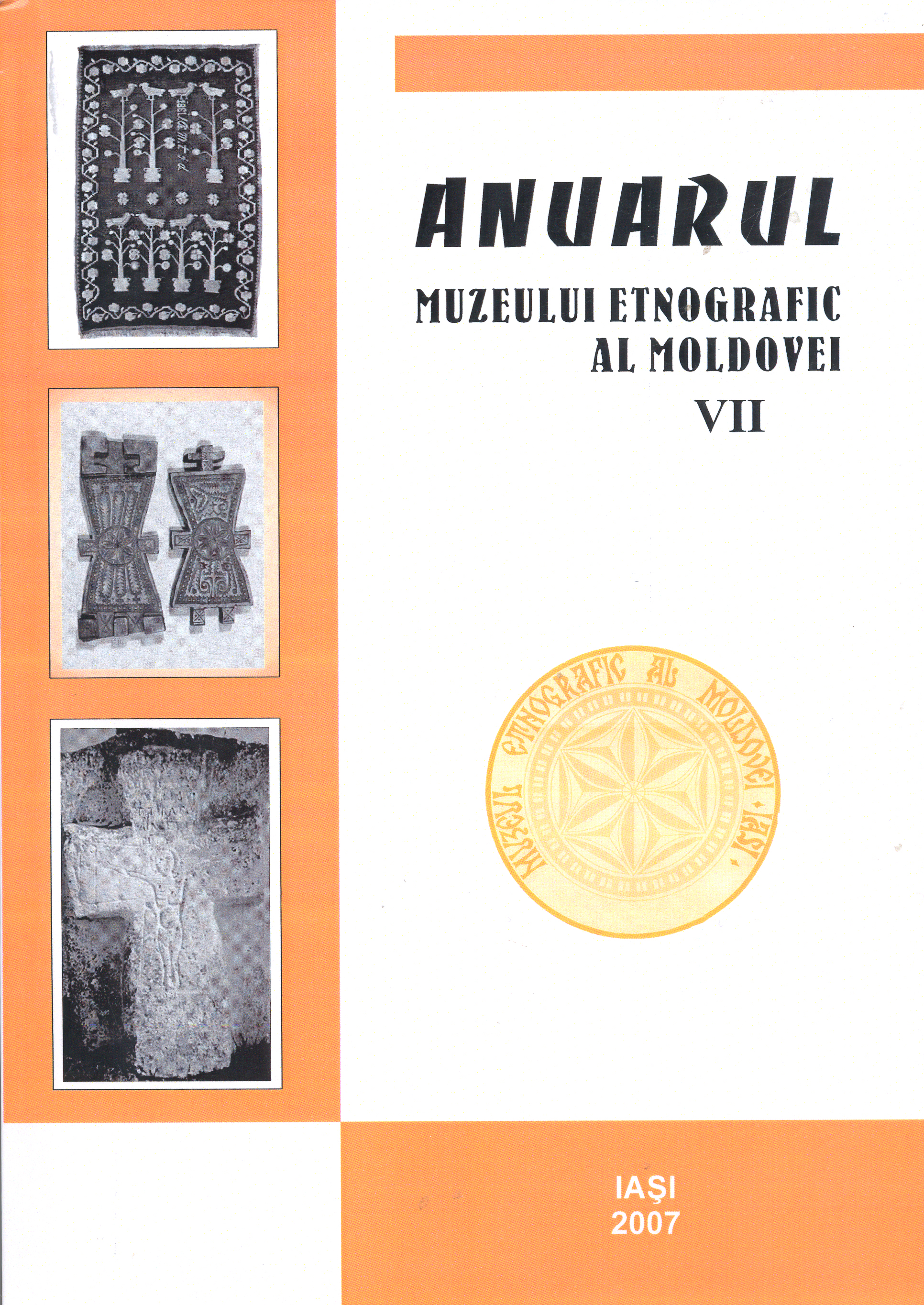Lupul în mentalul popular
The Wolf in the Folk Mentality
Author(s): Cristian VEREŞSubject(s): Cultural Anthropology / Ethnology
Published by: Editura Palatul Culturii
Summary/Abstract: An interesting aspect concerning the folklore created around the wolf is its presence everywhere. Wolves are associated to martial brotherhoods which existed in the early Greek, Persian, German, Scythian, Dacian and Celt societies. The wolf is sometimes considered as a guide, as a brother, some other times negative images of wolves are generated. In the Romanian villages, the wolf seems to produce a kind of magic protection, and as such in the Romanian folk calendar we can find many days dedicated to this animal. In the Transylvanian folklore the werewolf is a person who can transform into a wolf or wolflike creature, and this is almost always due to an evil agent, most probably because of a witch's deeds or a punishment for some specific and grievous sin. Many European countries and cultures influenced by them have stories of werewolves, including Albania (oik), France (loup-garou), Greece (lycanthropos), Spain (hombre lobo), Bulgaria (valkolak), Turkey (kurtadam), Czech Republic/Slovakia (vlkodlak), Serbia/Montenegro/Bosnia (vukodlak, вукодлак), Russia (vourdalak, оборотень), Ukraine (vovkun), Croatia (vukodlak), Poland (wilkołak), Romania (vârcolac, vîlva lupilor, priculici), Macedonia (vrkolak), England (werewolf), Germany (Werwolf), the Netherlands (weerwolf), Portugal (lobisomem), Andorra (home llop), Hungary (Vérfarkas and Farkasember), Estonia (libahunt), Finland (ihmissusi and vironsusi), and Italy (lupo mannaro).
Journal: Anuarul Muzeului Etnografic al Moldovei
- Issue Year: 2007
- Issue No: 7
- Page Range: 311-316
- Page Count: 6
- Language: Romanian

